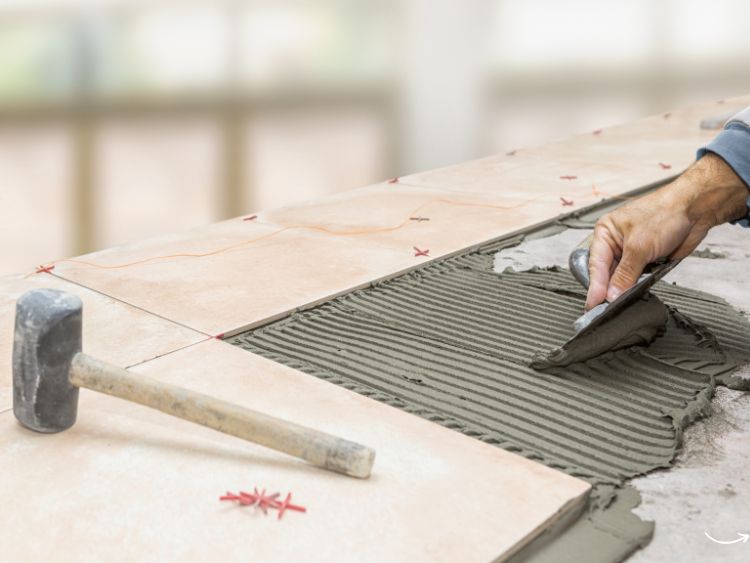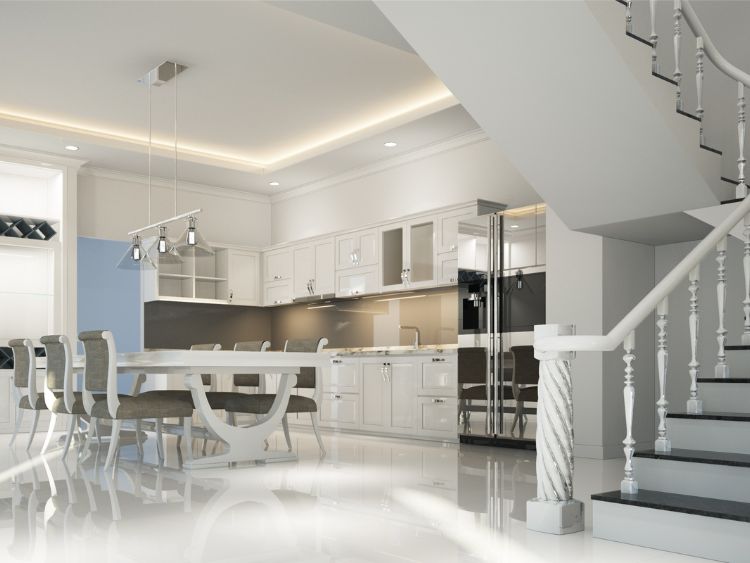Designing office interiors involves creating interior settings to meet the client’s requirements from a particular space. Every corporate project related to interiors involves some generic stages to be followed while moving forward with the office design and fit out process. These include:
1) Programming: An office comprises of different facilities such as administrative, hospitality, recreational, food/canteen and each space has its own requirements and functions. During the programming stage, the interior designer has to take care that the design of the office meets the functional requirements of each facility whilst understanding the user’s requirements. He should understand the functional aspect of each space, space allocation requirements and the furniture and accessories required in each facility. Site-visits, research, surveys or meetings with clients and users are the best methods to get a clear idea of the design requirements and expectations.
2) Concept Development: After attaining a solid understanding of the client’s requirements through the information compiled, the designer formulates its concept in the form of design and diagrams. The concept development stage comprises of different sub-stages. They are:-
a) Space Planning: Space Planning is an integral component of interior design services as it involves the use of the desired space efficiently. After the completion of the programming stage, designs of space allocations and adjacencies are prepared. While planning for the effective space utilisation of an office space, numerous factors need to be considered, including the organisational hierarchy, work flow, clients goals and objectives, building regulatory codes, furniture requirements, comfort, flexibility and future needs. Depending on whether the client’s office promotes teamwork or individual work, the office space is planned accordingly.
b) Light: Light is one of the most important factors to be considered while designing office interiors. The designer should understand the scientific as well as aesthetic aspect of light. Quality as well as quantity of light matters too, for creating a comfortable and healthy office workplace. Light plays an important role in setting the atmosphere of the room and hence an interior designer should consider lighting that not only enhances the interiors and boosts efficiency but also meet the building codes and creates a pleasant atmosphere.
c) Colour: Colour is a vital element in any commercial interior design. While choosing a colour scheme, the designer should see to it that the colour of the office reflects the company’s brand, value and culture. Since colour has the power to elicit a variety of emotions and psychological states, the interior designer should consider a nice colour scheme in the office that improves mood, concentration and creates a vibrant working atmosphere.
d) Material Selection: Considering factors such as quality, product performance and sustainability, furniture and other accessories are selected for the office interiors.
3) Design Development: During the design development stage, the designer is very clear about the design intent of the project. He develops floor plans, elevations, sections, and other detailed drawings whilst explaining the design, colour, furniture and finishes selections made. This phase also involves the budgetary proposal for construction and FF&E items.
4) Concept Presentation: The design prepared is presented to the client for review, revisions and approval.. On the basis of the client’s feedback, the design is altered accordingly to meet the clients’ requirements. After incorporating all the changes, the final design draft is prepared.
5) Construction Documents and Procurement: The construction document is critical for any successful design execution. It consists of final sets of documents with all the necessary specifications that will help the contractor to start building the project. Besides including complete sets of floor plans, elevations and sections, it also consists of the finish schedule, furnishing specifications, material details etc. Once the construction documents are approved, it is sent to potential contractors for bidding. In the next step, bids are obtained, the contractor is finalised, purchase orders are issued and the project is started.
6) Construction Administration: The interior designer needs to supervise the work by paying frequent visits to the site. He needs to check whether the work is in compliance with the construction drawings and specifications. The designer also needs to check for any defects and errors during FF&E installation and completion. The construction process is completed when the interior designer is satisfied that the work has been done as represented in the construction documents.


